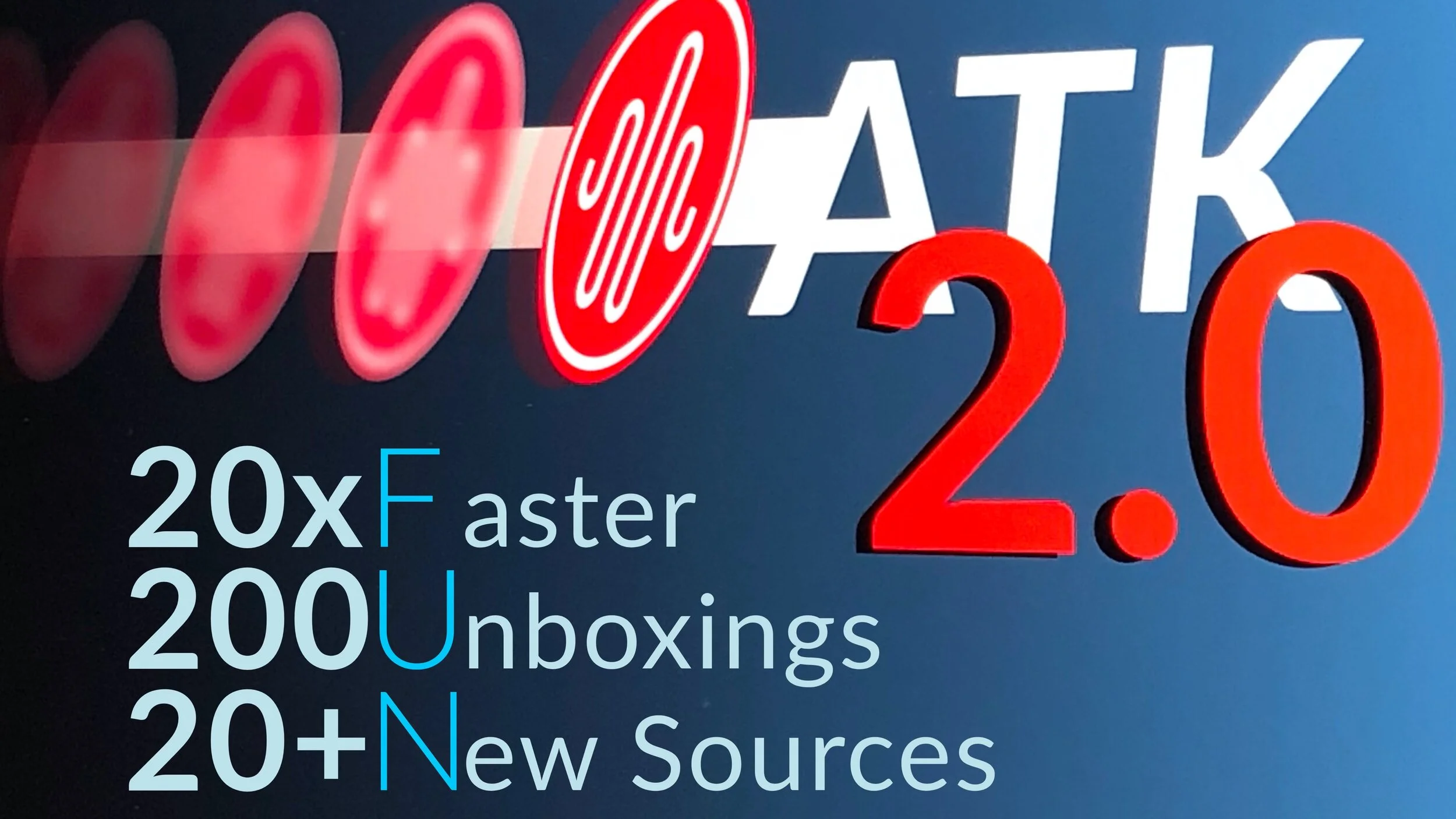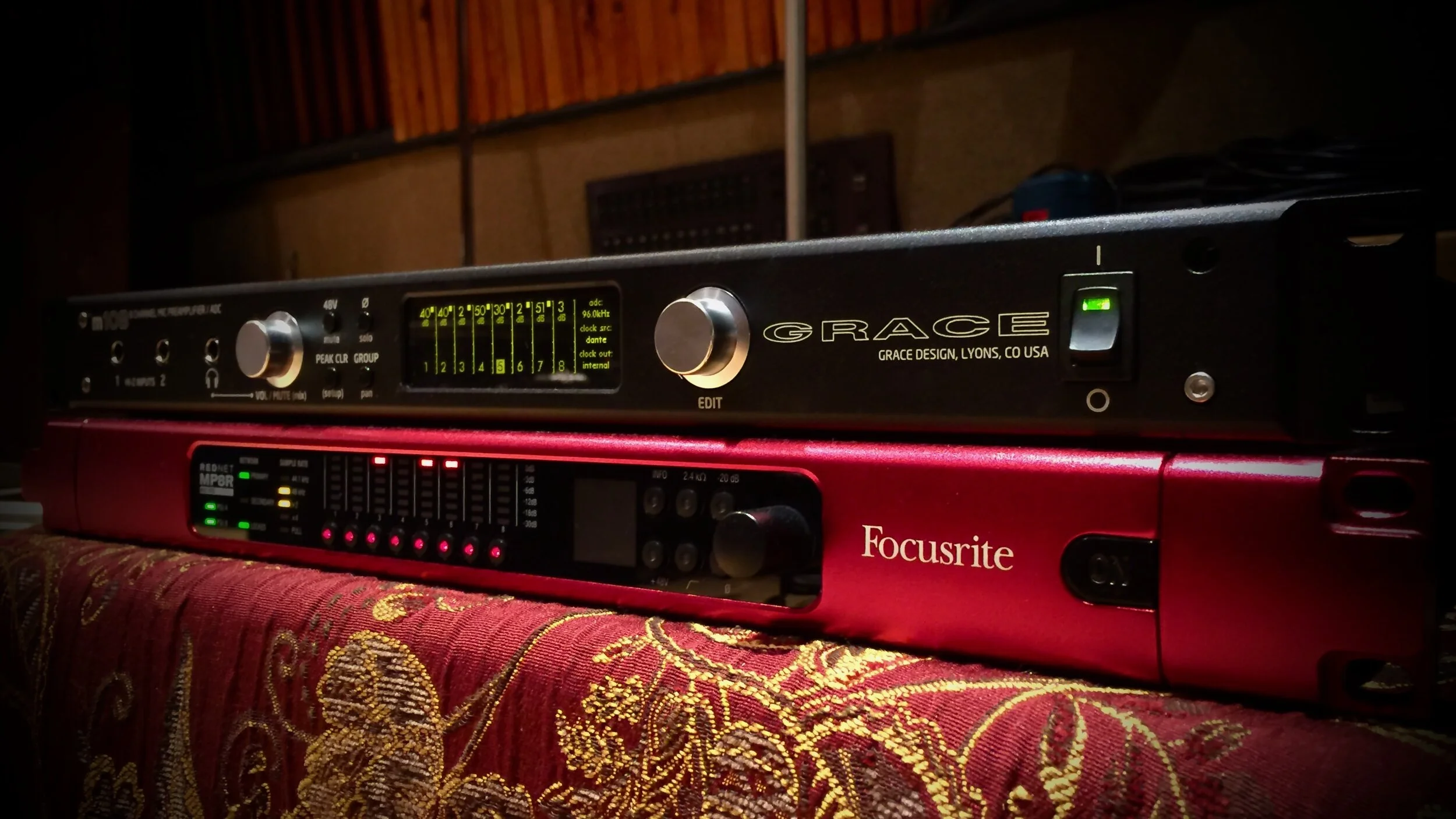The Difference Between Tube and Solid State Microphones
Can the glow of hot vacuum tubes inspire hotter performances?
Here’s a unique mic that incorporates both tube and solid state audio circuits, the LEWITT LCT 940, as seen capturing drums for Audio Test Kitchen in Chris Lord-Alge’s Can-Am Studio A.
By Alex Oana
Audio Test Kitchen, Los Angeles, California
The difference between a tube mic and a solid state microphone is the amplifier inside. A tube microphone takes that very small signal from the capsule and amplifies it via a vacuum tube circuit, whereas solid state mics utilize transistors. The amplifier plays a big role in a microphone’s sound.
Before transistor technology existed, all condenser microphones from about 1930-1970 used vacuum tube amplifiers that had inherent sonic “limitations” that we’ve actually come to revere. These vintage mics naturally add pleasing companion sounds called harmonics and as the volume of the source increases, the sound tends to gently compress, saturate, and produce even more musical harmonics. At the end of tube circuits of this era you’d usually find a transformer which produces additional sonic density, as well as saturation and harmonics at higher sound levels. Today, tube amplifiers and transformers can be designed to either exude this colorful vintage sound or a decidedly uncolored and “clean” sound.
Every design is unique, but solid state amplifiers tend to have less coloration and are used in microphones to achieve the lowest noise and the highest neutrality. They respond more consistently across a wide volume range, but unlike tube mics, when transistors reach their limit, the clipping sound is edgy and harsh. To keep the solid state circuit in an operating range with plenty of headroom for recording loud sounds, typically pads (-10dB, -20dB, for example) are employed.
The way these two different circuit types respond to the voltage coming off the microphone’s diaphragm can result in a different sonic character. Like the lens on a camera, these two mic types capture a different perspective on the sound.
What if you could have both tube and solid state sounds and any combination in between, in a single microphone? That’s exactly the design intent behind LEWITT’s 940. The LCT 940 is both a transformerless tube microphone and FET (a solid state design type) mic, with a continuously variable control to select the blend between the two sounds. For Audio Test Kitchen, we captured three of the possibilities [100% tube, 100% FET, and 50/50 blend] on 46 sources for you to compare.
But words used to describe tube and solid state sounds might mean something completely different to you. We created Audio Test Kitchen so you can interact with these microphones online yourself, in your studio, so you can hear and decide for yourself!
Click below to hear the LEWITT 940’s take on tube and solid state character, as well as hundreds of other microphones on 46 different instruments and vocals. As always, it’s free.








